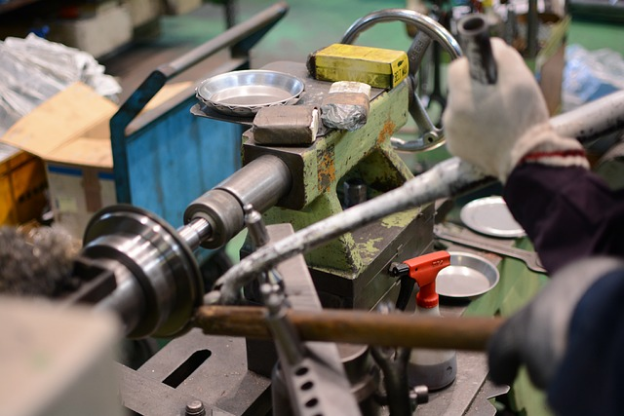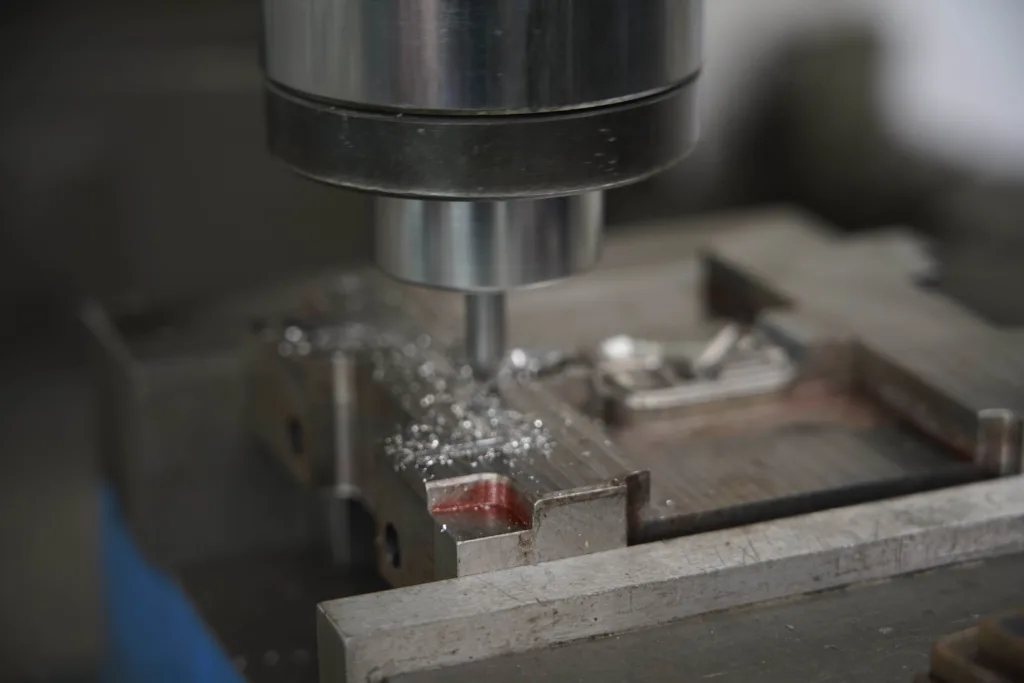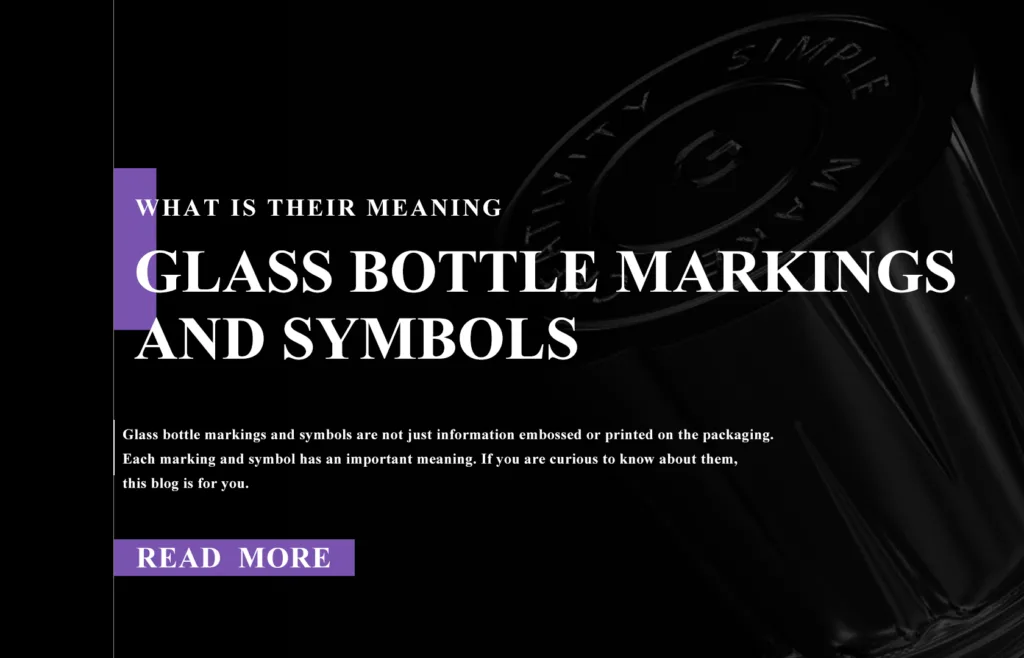Manufacturing industry is always at the risk of various challenges. What if a product produced in mass production fails. What if it needs an urgent modification. You tend to lose a lot if only a minor defect occurs. To minimize the risk of large-scale manufacturing products low volume production was introduced.
This blog focusses on low volume production and the various techniques involved in it.

What Is Low Volume Production?
Any production that meets the following standards refers to low volume production:
A production of hundred units or less (this number may vary with different countries)
- No or very little engineering
- None or very little designing
- Use of very little tools and machinery
Low volume production falls under the “low volume manufacturing” category. Low volume production does not require a big complicated set up. It is most suitable for customized and small quantities of orders.
Types of Low-Volume Manufacturing Process
Low volume manufacturing methods include a wide range of technologies. Let’s have a detailed look at them.
1.Injection Molding
Injection molding process works by injecting molten material into a mold. This process is typically advisable when:
- The materials are plastic or metal
- Due consideration has to be given to precision and scale
Injection molding is the most common process for molding thermoplastics. It is an ideal process for producing small batches of identical parts with thermoplastics in small quantities.
2.CNC Machining
Amongst low volume production methods CNC machining is another popular option. This production process uses computer numerical control machines. CNC milling, lathes and grinders are used for shaping materials.
When the manufacturing parts are complex in shape CNC machining is the ideal production process. It also maintains tight tolerances. This is the most desirable option for manufacturing of high-quality components steel parts.
2.3D Printing
3D printing is also known as additive manufacturing. The reason behind this name is that it produces parts layer by layer by using a digital film. Previously 3D printing was limited to manufacturing prototypes. However now it has many versatile uses. It is used in:
- Making molds for injection molding
- Manufacturing aid products such as jigs, fixtures etc.
In compliance with low volume production 3D printing has:
- Low production costs
- No advanced setup costs
- Production of high precision parts
3D printing manufacturing is available on demand manufacturing services for both plastic and metal parts. It is leveraging the supply of parts for small scale manufacturers.
3.Vacuum Casting
As the name suggests vacuum casting is a casting process. It uses silicone molds to mold thermoplastics rubber and resins. This is unlike the use of steel molds in injection molding process.
Vacuum casting is a unique process. It produces small batches of products. It is suitable for product testing in the early stages of product development. Vacuum casting is a preliminary process in injection molding.
Vacuum Casting is a Three Step Process:
First Step
The first step is the creation of a master model. For this purpose, we use CNC machining and 3D Printing. The model from CNC machining or 3D printing then goes through sanding and priming.
Second Step
The second is the suspension of the model in a casting box. Liquid silicone is then poured around the casting box. An important process in the second step is that of curing of the molten silicone.
The optimum temperature for curing is 40 degree Celsius. Curing is all about solidifying the molten silicone. This process takes eight to sixteen hours to complete.
After completion of the curing process the casting is cut open and the mold is taken out. It leaves a hollow space in the middle of the mold.
Third Step
In the third step we fill the hollow space with a thermoplastic. In vacuum casting this thermoplastic is polyurethane. The third step is about casting. The performance of casting process is done inside a casting and machine shop. The optimum temperature for casting process is seventy degree Celsius.
After cooling down and solidification the materials is extracted and processed for finishing. One mold on average can be used ten to 20 times.
Sheet Metal Fabrication
Sheet metal fabrication process is mainly used for the low volume manufacturing of metal products. For this purpose, we use sheets of metal. There are three steps in this process which are:
- Cutting
- bending and
- assembling
This is a widely used process to create parts for automotive and aerospace industries.
Rapid Prototyping
The concept of rapid prototyping is based on 3D CAD technique. CAD means computer aided design. The “rapid” in the name indicates the fast fabrication of a part, model or assembly. Although it uses several techniques for manufacturing products yet the most common technique is additive manufacturing.
Rapid prototyping is further classified into two parts:
- High-fidelity prototypes.
- In this case there is no difference between the proposed model and the final finished products.
- Low-fidelity prototypes.
- This indicates huge difference between the proposed model and the final finished final product here.
- This indicates huge difference between the proposed model and the final finished final product here.

Which Industries Use Low-Volume production
Various industries use low volume production. Some of them are listed below:
1.Medical Industry
Low Volume manufacturing is used in the medical industry. It produces medical devices with high precision and accuracy. It is also used in the manufacturing of medical prototypes.
2.Machinery
This technique produces industrial machinery parts which are not required at large scale. The small-scale production of such machinery is sufficient to meet the demands of the market.
3.Electronics
Without warranting the mass production of certain electronics it produces small batches of electronics. This helps industries meet the specific needs of consumers through small scale production. This is often valid in case of manufacture of luxury electronics.
Examples of Low Volume Production
1.Cost Effective
Low volume manufacturing is of course a cost-effective business model. If you are a startup and want to launch a business with low upfront cost then this should be your choice.
2.Design Flexibility
Most of the techniques such as low volume CNC machining and additive manufacturing offer flexibility in designs and processes. This helps you to do product adaptations easily.
3.Niche Marketing
This business model is ideal to cater needs of customized or niche markets. In case you want to produce products in accordance with the specific requirements of customers then this is the right choice for you.
Low Volume Vs High Volume Production: Which is better for your project?
Of course, the difference between the two types lies in the scale of production. If you want to do high or low volume machining or production of identical parts, then you should opt for high volume manufacturing.
Low volume manufacturing equipment is preferable when you want to focus more on economies of scale. It uses cost effective production measures for the production of low volume products.
CONCLUSION
Considering the high costs of labor, raw material and energy low volume manufacturing is a blessing for the modern small-scale manufacturer. It gives companies and you the freedom to design and do any adaptations, furthermore you can set a small target market and meet its needs through your customized products.




